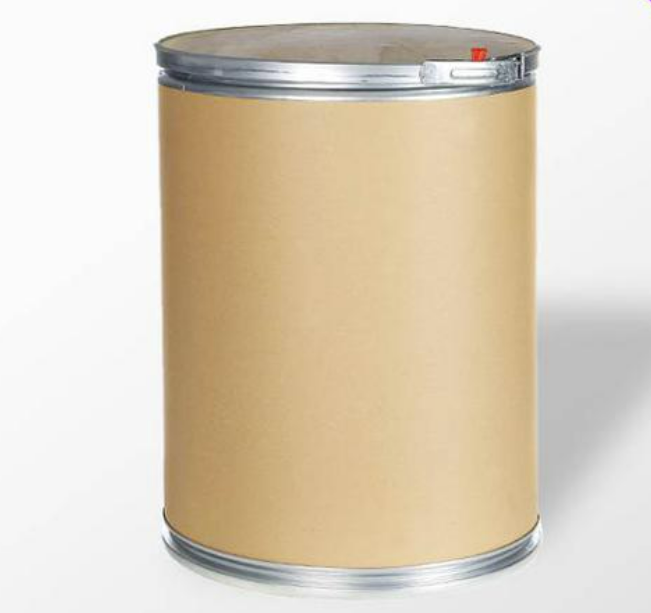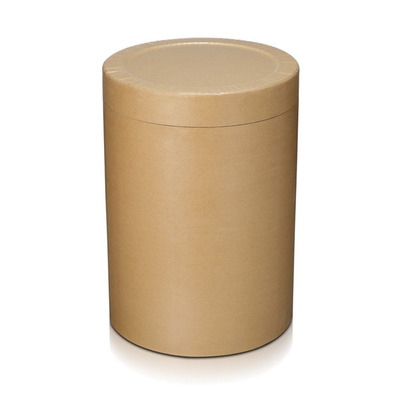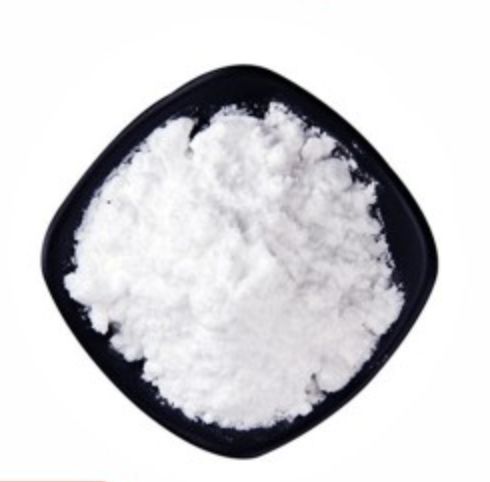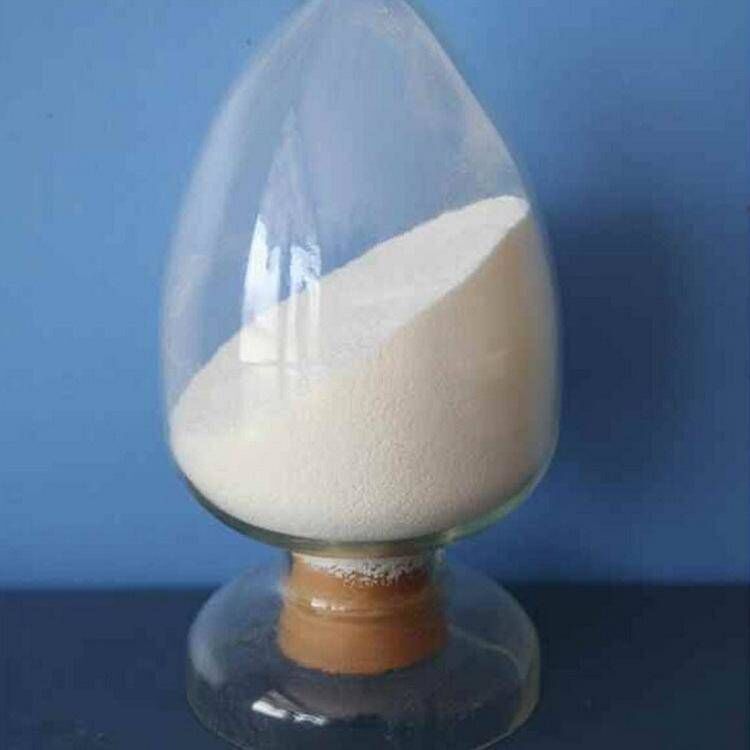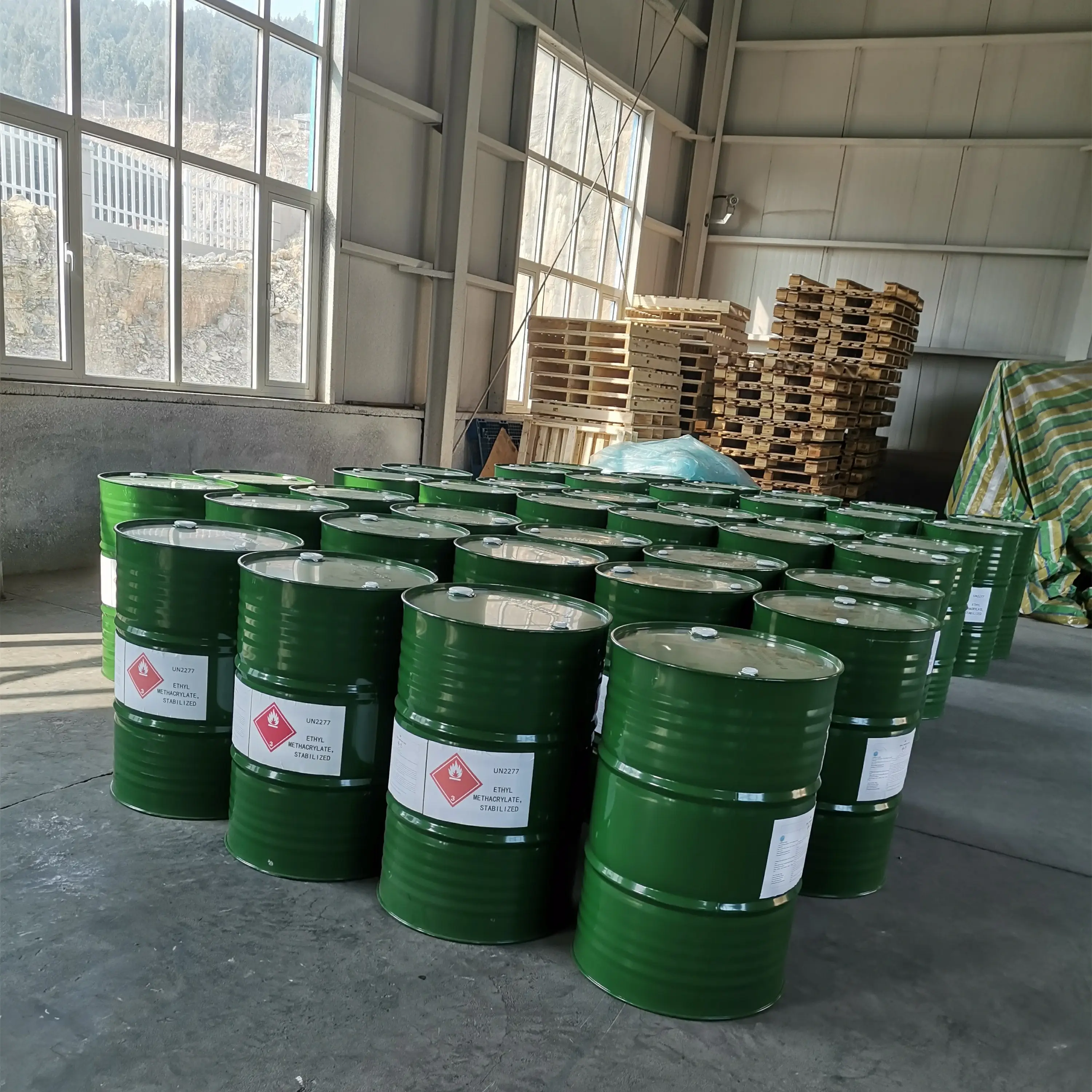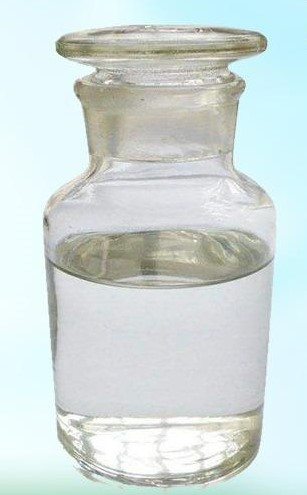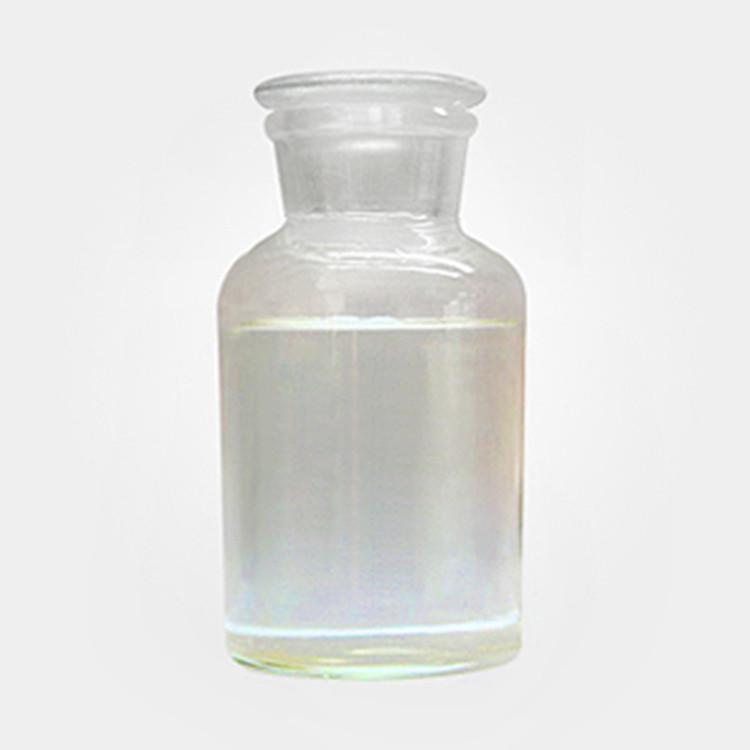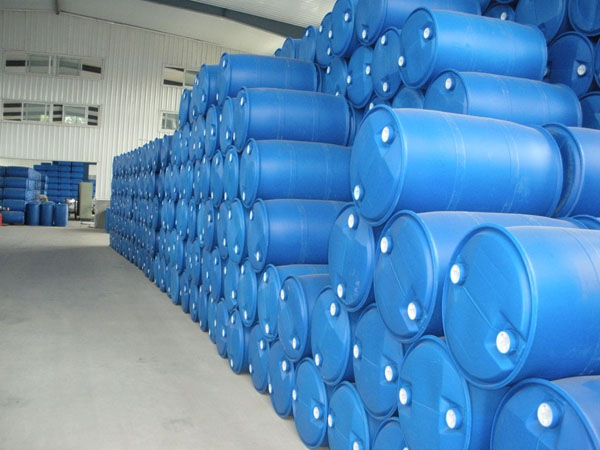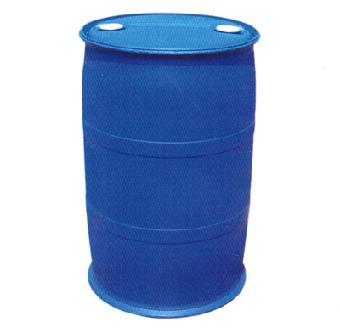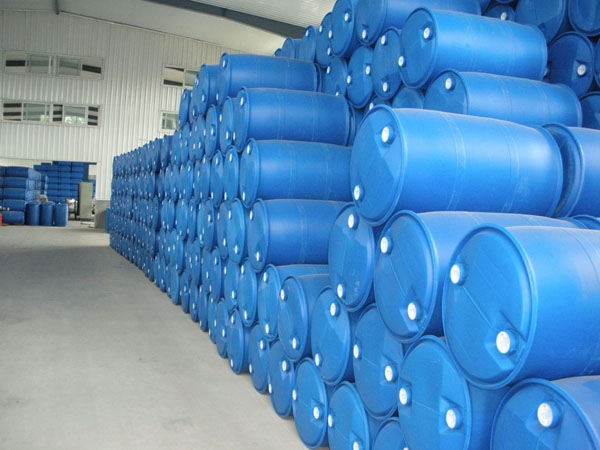Antioxidant
Other Auxiliary Agent
Petroleum Additives
Adsorbent
Water Treatment Chemicals
Rubber Additives
Adhesive Additives
Cross-Linking Agent
Flame Retardants
UV Absorbers
Organic Extractant
Resin Additives
Electronics Chemicals
Pesticide Additives
Building Chemicals
Plastic Additives
Oilfield Chemicals
Adhesive
Plastic Rubber Chemicals
Paper Additives
Molecular Sieve
Coating Additives
Textile Auxiliaries
Fluorescent Brightener
Polyethylene Glycol Derivatives
Coupling
Forest Chemicals
Leather Auxiliary Agents
Beneficiation Agents and Smelting Additives
Dye Auxiliaries
CAS:9004-57-3
Molecular Formula:C20H38O11
Alias
More Information
2-[4,5-Diethoxy-2-(Ethoxymethyl)-6-Methoxyoxan-3-yl]oxy-6-(Hydroxymethyl)-5-Methoxyoxane-3,4-diol; Cellulose Ethyl; Cellulose Ethylate; Triethyl Cellulose; Ethyle Cellouse
Brief Introduction
Ethyl cellulose is abundantly used in coatings. Can also be used as a basic material for solid lubricants for stamping of metal workpieces. In microcircuit printing, ethyl cellulose is used as a color carrier. In the radio industry, it is used as a high-grade insulating material, and in protective coatings as special films such as cladding layers for rocket emitters. They can be used as hot-melt type glue and coatings for cables, paper, textiles, etc., and can also be used as insulation of extrusion wires and as toughness enhancers for plastics. It is also used for pigment grinding bases, for printing inks, for molded plastic powders, for explosive fuse, and in the formulation of vitamins, among others. Used as a removable protective layer for metal parts against corrosion, disfigurement before use, and also as a removable coating to protect friable glassware. There are various uses remaining in adhesives, textile and fibers, medicine and food, and other industries. Industrial grade ethyl cellulose is used in coatings (gel type coatings, hot melt coatings), inks (screen printing inks, photographic concave brushing inks), adhesives, pigment pastes, etc. higher grade products are used in medicine, cosmetics and food, for example, pharmaceutical tablet packaging materials, binders for long-term preparations, etc.
Suppliers
View More Vendors (2) >
CAS:924-42-5
Molecular Formula:C4H7NO2
Alias
More Information
N-Hydroxymethylacrylamide; N-(Hydroxymethyl)Acrylamide; N-Methylolacrylamide; Monomethylolacrylamide; Methylolacrylamide; N-Hydroxymethyl Acrylamide; N-(Hydroxymethyl)-2-Propenamide; N-Methyloacrylamide; NMA
Brief Introduction
N-(hydroxymethyl)prop-2-enamide has the characteristics of crosslinking agent monomer because its molecular structure contains two active groups: polymerizable double bonds and condensable hydroxymethyl groups. It is widely used in fiber modification, resin processing, coatings, plastics, adhesives, oilfield additives and soil improvers. In addition, it can also be polymerized with a variety of monomers in aqueous systems to make polymers with excellent properties. It is a widely used fine chemical at present.
Suppliers
View More Vendors (2) >
CAS:97-63-2
Molecular Formula:C6H10O2
Alias
More Information
Ema; Methacrylic acid, Ethyl Ester; 2-Methyl-2-Propenoic Acid Ethyl Ester; 2-Methylacrylic Acid, Ethyl Ester; 2-Methyl-Prop-2-Enoicacidethylester; Ethylmethacrylatemonomer; 2-Propenoic acid, 2-Methyl-, Ethyl Ester; Ethyl 2-Methylpropenoate; Ethyl Alpha-Methylacrylate; Ethyl Methacrylic acid; Ethyl Ester of Methacrylic acid
Brief Introduction
Polymerize or copolymerize with other monomers to produce plexiglass, synthetic resin, coating, etc.
Suppliers
View More Vendors (2) >
CAS:97-86-9
Molecular Formula:C8H14O2
Alias
More Information
IBMA; 2-Propenoic Acid, 2-Methyl-, 2-Methylpropyl Ester; Methacrylic Acid, Isobutyl Ester; 2-Methylpropyl 2-Methylprop-2-Enoate; Isobutyl 2-Methyl-2-Propenoate; 2-Methylpropyl Methacrylate; Methacrylic Acid Isobutyl Ester; Isobutylester Kyseliny Methakrylove; Isobutyl .Alpha.-Methacrylate; Isobutyl .Alpha.-Methylacrylate; Isobutyl 2-Methylacrylate
Brief Introduction
This product is mainly used as organic synthetic monomer, synthetic resin, plastic, coating, printing ink, adhesive, etc.
It can be used as adhesive, lubricating oil additive, dental material, fiber treatment agent and paper finishing agent.
Suppliers
View More Vendors (2) >
CAS:681-84-5
Molecular Formula:C4H12O4Si
Alias
More Information
Silicic Acid (H4Sio4), Tetramethyl Ester; Tetramethoxy-Silane; Methyl Orthosilicate; Methylsilicate; Tetramethosysilan; Tetramethyl Silicate; Silicate,Methyl; O-Methylsilicate; Orthosilicic Acid Tetramethyl Ester; Silicon Tetramethoxide; Methyl Silicate ((Ch3)4Sio4); Methyl Silicate ((Meo)4Si); Methylesterofortho-Silicicaci; Methylorthosilicate;
Brief Introduction
Tetramethyl orthosilicate is the chemical compound with the formula Si(OCH3)4. This molecule consists of four methyl groups attached to the hypothetical anion SiO44−. The basic properties are similar to the more popular tetraethyl orthosilicate, which is usually preferred because the product of hydrolysis, ethanol, is less toxic than methanol.
Tetramethyl orthosilicate hydrolyzes to SiO2:
Si(OCH3)4 + 2 H2O → SiO2 + 4 CH3OH
In organic synthesis, Si(OCH3)4 has been used to convert ketones and aldehydes to the corresponding ketals and acetals, respectively.
CNY 185.8 Million
66600m²
100-500 People
CRO
CRO
| Product Photo | Specification | Grade | Max Capacity | Certificates | Package | |
|---|---|---|---|---|---|---|
|
|
||||||
| Tech Grade | - | - |
200kg /
Plastic Drum
|
Main products:
Tetramethyl Orthosilicate
/N-Octyltriethoxysilane
/Lithium ion Battery Electrolyte
/Trimethoxysilane
/Triethoxysilane
/Tetraethyl Orthosilicate
/Methyltrimethoxysilane
/Methyltriethoxysilane
Inquiry (
10
/ 10
)
Clear All
Sign In
Error!

